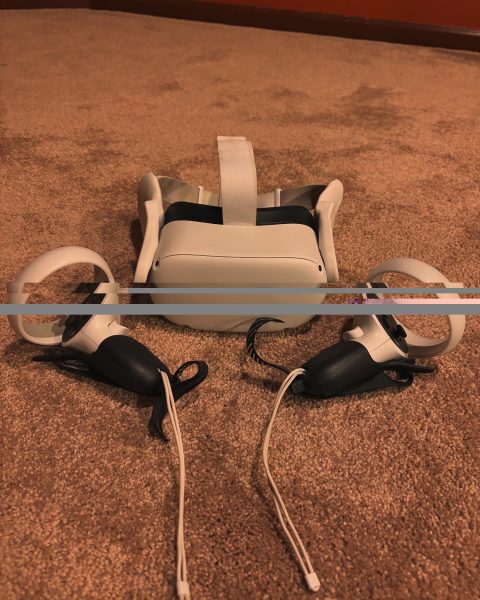Why athletes need to lift different
Lifting and weight training are a huge part of being a successful athlete and preventing injuries, but in some cases, lifting can do more harm than good if you are not going about it in the correct way. Lifting heavy weights and demanding so much energy out of your muscles, ligaments, and tendons while lifting can cause injuries if you are not safe and practicing proper form. Most athletes suffer from pain and overuse injuries after a day in the gym, and we want to change this. When looking at injuries and weight training there are several factors you want to understand and perfect. This includes your form, how often you lift, what exercises you do, as well as how many repetitions and sets you do.
One of the most common issues you see when you watch not only athletes but anyone lifting, is the form. Especially with competitive-minded athletes, people tend to increase weights at the expense of proper lifting form. It is an important concept to understand that you might need to take off that extra plate or go for a barbell ten pounds lighter so you can perfect the form of the movement you are doing. As athletes, controlled movement when lifting is so important, and this comes back to having the proper form and the right muscle groups working to lift the weight. Athletes are not the same as bodybuilders or weightlifters, so, therefore, they do not train the same. More weight before you are ready will cause pain and setbacks not only in the gym but also on the field for athletes.
Secondly, The routine and splits you do as an athlete are very important. For athletes they should not lift every day, it is suggested that athletes lift two to three times a week and fill the other four to six days with fitness and plyometric training. Lifting causes micro-tears in your muscles, so if an athlete is lifting every day they are risking injuries because their muscles are going to be weak from repairing the micro-tearing. Chris Frederick is a sophomore in college and played sports all through high school and he feels that “I am definitely much more sore after my lifts now because of the heavier weight.” This is a good example of why lifting heavy weights every day is not good for athletes who are also playing in games and practices. your muscles are weak, something else is going to be taking the stress your muscles can’t, and this is when injuries happen. So it is important to have a routine that keeps your body healthy and able to perform.
The last thing we want to talk about is how the exercises you do as an athlete are different from those of someone just lifting. Athletes are trying to become stronger, prevent injuries, and improve speed and agility while lifting. These goals require different lifting routines with more specialized movements and exercises. Brooke Hall is a Junior in high school and committed to Saint Mary’s College for soccer she “tries to do movements and exercises that relate to game-like situations, so I become stronger in those core movements I am doing in games.” It is important to customize your lift so that the exercises you do are replicating what you are doing in a game-like situation, so you can train your body’s responses to be stronger and more stable, which will prevent injuries from happening.
It is important for athletes to understand the difference between lifting for muscle building and heavy weights and lifting for a sport. Athletes need to be aware of how their body responds to lifting and not causing too much damage because it can cause injuries when they play in games and practices. The best way to learn how to lift correctly is to find someone who is experienced or a professional to watch you lift, and correct your form if you need it.
Jessica Levush, Grade 12. Interests/hobbies include playing soccer, going to the gym, babysitting, hanging out with friends, spending time with family,...
Aundrea Frederick, Grade 12. Interests/hobbies include soccer, working out, NHS, key club, working with kids, hanging out with her friends and family,...




